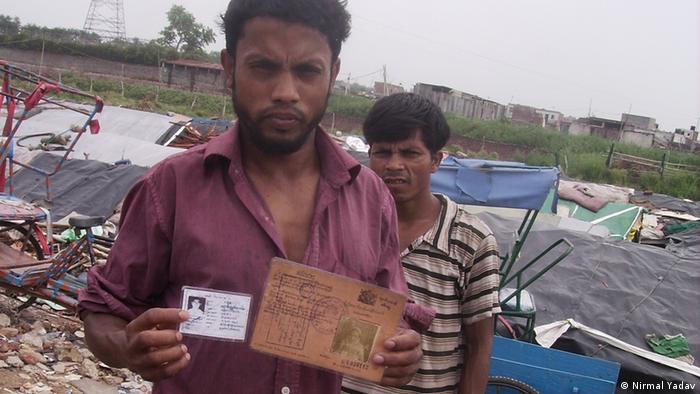When President
Obama became the first sitting U.S. President to visit Myanmar in November
2012, optimism abounded. In November 2010, Nobel Peace Prize laureate Aung San Suu Kyi had been released after some
twenty years of house arrest. The military junta that ruled for decades had stepped down
and been replaced by a quasi-civilian government in March 2011 that was
engaging with the political opposition and easing media restrictions. The
government was working with various ethnic groups to bring about a nation-wide
ceasefire that would put an end to the intermittent civil war that has haunted
the country since its 1948 independence - President Thein Sein’s January 2012 ceasefire agreement with ethnic Karen rebels was a
particularly important development. It was looking pretty good, all things
considered.
But not all the
signs were positive and, as many noted in the context of Obama’s recent visit
to Myanmar for the 2014 ASEAN summit, the country appears to be backsliding in
a number of areas. One longstanding concern is the status and situation of the
nation’s 1.1 million strong Muslim minority in Rakhine State, known as the
Rohingya – although the government of Myanmar refuses to acknowledge a Rohingya
ethnicity. In fact, in June and again in October of 2012, sectarian violence –
largely between Rakhine Buddhists and Rohingya Muslims – killed over two
hundred people, destroyed more than 10,000 homes and buildings, and produced
some 140,000
internally displaced Muslims –
almost all of whom were moved into camps where they remain today. Some
observers criticized the government for not only failing to prevent the
conflict but for facilitating and even participating in the violence. President
Thein Sein’s proposed
resettlement plan that would relocate the Rohingya to another country
certainly did nothing to alleviate concerns regarding the fledgling democracy’s
attitude towards a religious minority.
The Rohingya are
among the most persecuted minorities in the world, according to the UN. In
1978, 200,000 fled to Bangladesh after being attacked by the military. A
restrictive 1982
Citizenship Law declared them to be non-nationals and foreign residents, on
the basis that they had only recently (largely in the 20th century) moved
into the country from Bangladesh (a claim that ignores Rohingya settlements in
Myanmar since the 15th century). This severely limits their
political rights and allowed for the Rohingya’s exclusion from this year’s
census – Myanmar’s first in decades. More recently, legislation has been
introduced in Parliament that would prohibit Rohingya from participating in the
2015 election and ban interfaith marriage.
Earlier this
year the government put forward a path to citizenship for the group, called the
Rakhine
State Action Plan. This “plan” is enormously problematic in a number of
ways: for one thing, it requires the Rohingya to identify themselves as Bengali
– a term many reject because it implies they are immigrants from Bangladesh.
Furthermore, those who agree to fundamentally change their proclaimed ethnic
and national identity would qualify for naturalized citizenship, which carries
fewer rights than full citizenship, can be revoked, and leaves the “no-longer-Rohingya”
vulnerable to deportation. Those Rohingya who refuse the Bengali classification
would be placed in camps before being deported. The government asked the UN’s
refugee agency to assist in the resettlement. Unsurprisingly, the latter
declined..
While the human
rights concerns are the most obvious and pressing problem in this situation, it
is important to appreciate that this is not a problem confined to Myanmar, and
that the specific rights of the Rohingya in Rakhine state are not the only
issue. Violence has broken out before in Myanmar – 2012 was one of the largest
conflagrations, but there have been other incidents since then (and more are
likely in the future, unless all the Rohingya flee). The squalid conditions in
which many Rohingya live in camps in Myanmar and Bangladesh are a breeding
ground for numerous diseases (especially since the government
forced out Médecins Sans Frontières earlier this year). Furthermore, while
an estimated 100,000 Rohingya have fled the country since 2012, the Rakhine
State Action Plan and other recently promulgated policies have spurred a major
exodus – over the course of three weeks in October, some 15,000
Rohingya sailed from Rakhine State to Thailand, hoping to eventually reach
Malaysia. In Thailand, smugglers and human traffickers often hold these “boat
people” in jungle camps near the Malaysian border until relatives pay to secure
their release. The Thai state is also struggling to handle those refugees that
it intercepts.
Of course, the
plight of the Rohingya is not the only challenge in Myanmar today. On November
20th, ethnic minority groups – specifically the Kachin Independence
Army – said that peace
talks with the government were in danger after 23 rebel cadets were killed
by the military. A breakdown in talks and an escalation of violence would not
bode particularly well for stability in the region – or for the Rohingya, for
that matter. In addition, one should not discount the possibility that the
government is shooting itself in the foot with its Rohingya policy. Who’s to
say that other ethnic minority groups aren’t looking at the example of the
Rohingya and digging in their heels? There can be little incentive to lay down
arms and accept domination from the center when a primary example of domination
from the center is the Rohingya experience. None of these groups are
particularly keen on being chased out of the country.
Myanmar is
certainly more democratic than it was, but democracy is nowhere near as
entrenched as the Obama administration had hoped. This is not cause for
despair, but for circumspection.
The glass may still
be half-full. But that crack in the base is going to be a problem.



No comments:
Post a Comment